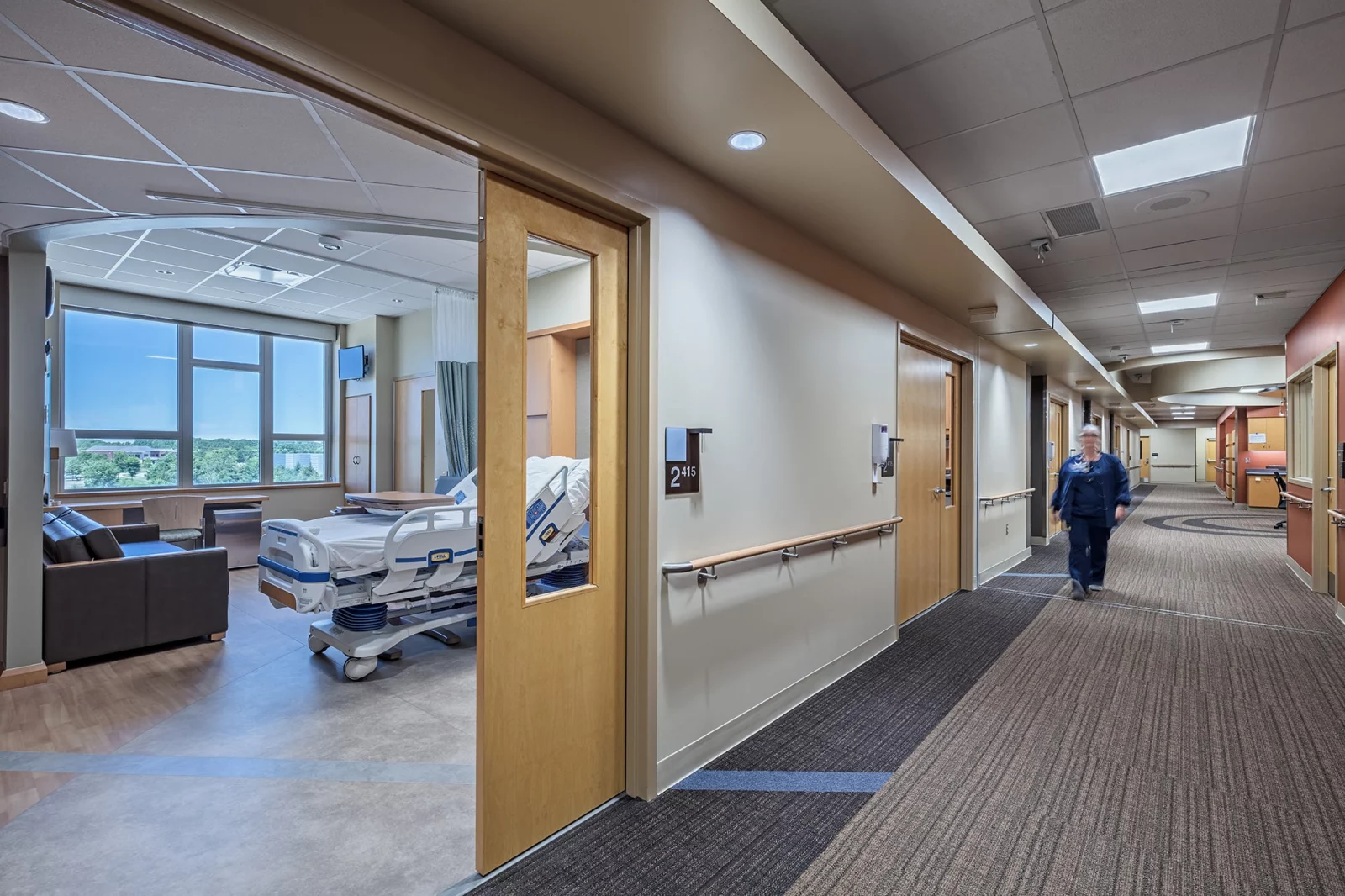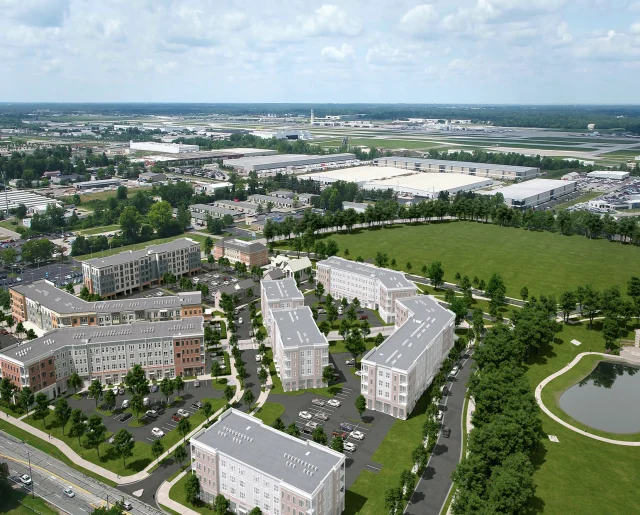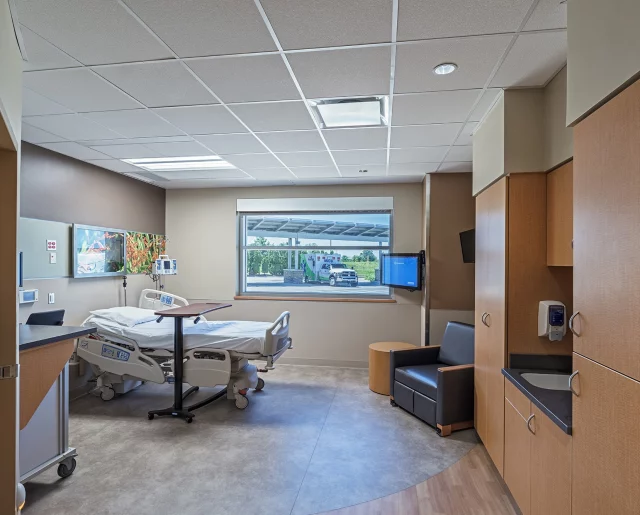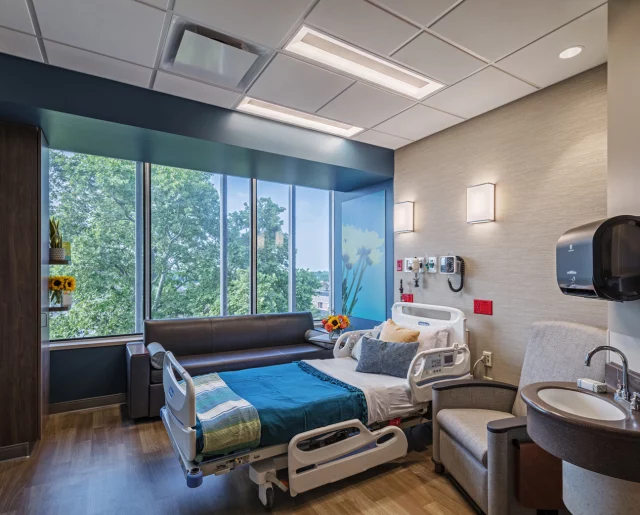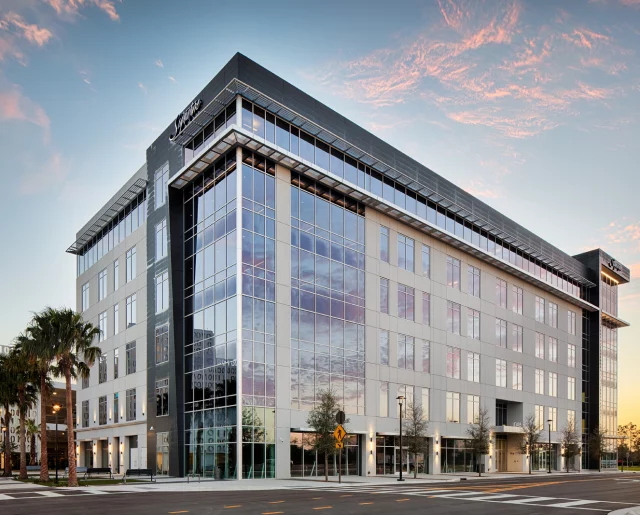Top 5 Most Impactful Changes You Need to Know About the 2024 Ohio Building Code

The Ohio Building Code (OBC) is based on the 2015 model codes developed by the international code council (ICC) and even though it has been static for the last 7 years it is about to take a major leap forward in 2024 when the state rolls out the 2024 OBC. The new code with Ohio changes will be based on the 2021 model codes which we have been paying close attention to as states like Ohio adopt the latest code change. Ohio however does not just adopt building codes without giving them an “Ohioization”. MA Design has been active in supporting and arguing for and against some of the model code sections the state is looking to adopt. The following are my top 5 that will have an impact on how we design buildings when Ohio makes the 2024 OBC effective (Currently scheduled for March 1, 2024, but subject to change):
1 – Construction Types
As long as I have been a practicing architect, for 25+ years, there have been the following construction types – IA&B, IIA&B, IIIA&B, IV, and VA&B. Never did I imagine that there would ever be the need for more construction types, but the 2021 model code doesn’t just add one, it adds three new types all under type IV. When the dust clears there will be type IVA,B and C with the old type IV referred to as IV HT (Heavy Timber). So what are types IVA,B and C? All three are variations on what is being referred to as Mass Timber. What is Mass Timber? Per the 2021 Model Code Mass Timber is defined as “Structural Elements of type IV construction primarily of solid, built-up, panelized or engineered wood products that meet the minimum cross-sectional area measured in the same plane.” In a nutshell it’s wood, lots and lots of wood, built up to take advantage of the unique burning characteristics of wood to allow buildings to be built out of wood up to 270 feet tall or an astounding 18 stories. The read through the extensively expanded section 602.4 describing type IV construction is an exciting read at least for code buffs.
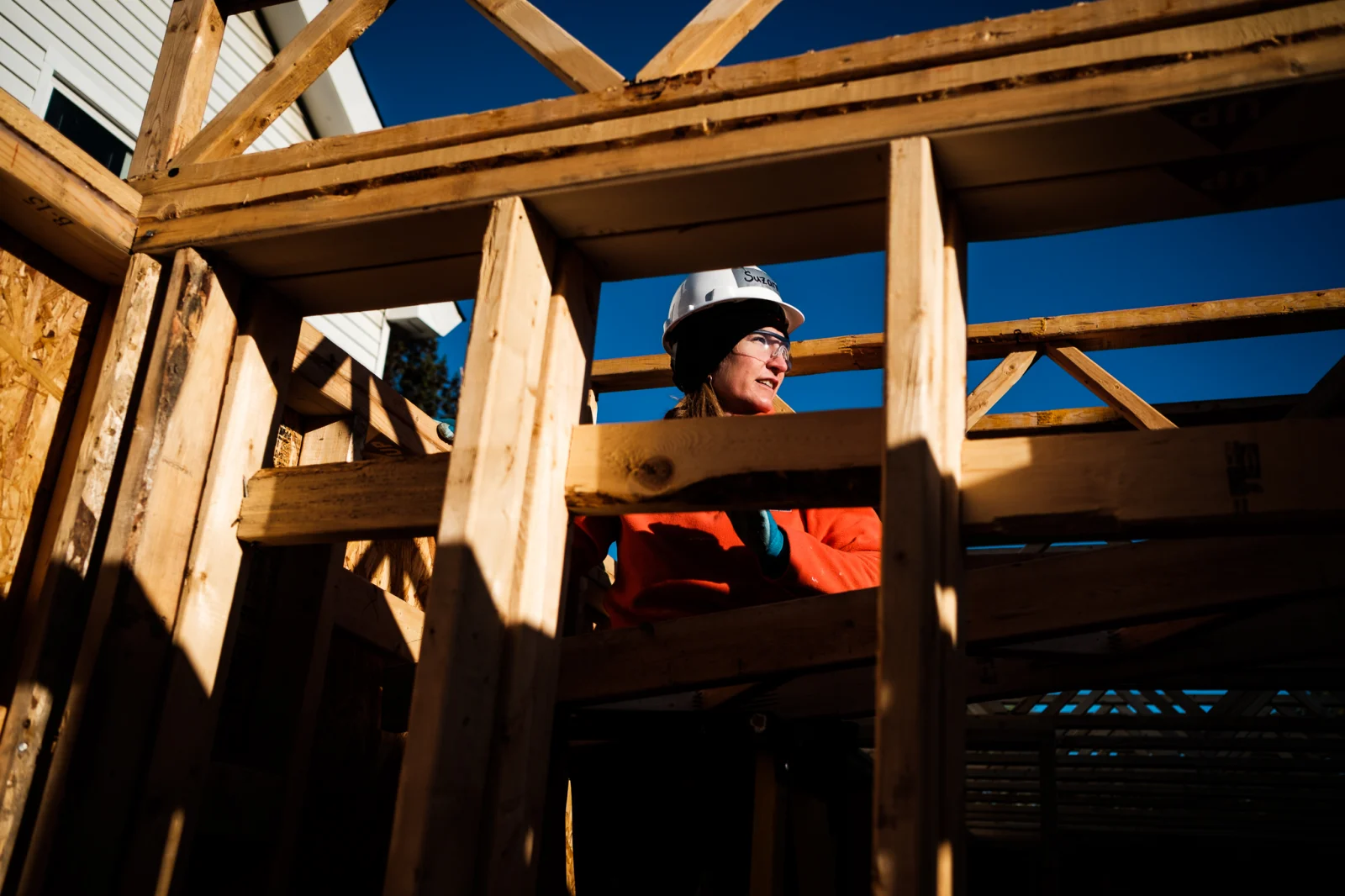
2 – Companion Codes
As part of the adoption of the 2021 model codes the state will be adopting updates to several reference codes such as the 2023 NFPA 70 (NEC), ANSI A117.1 (2017) – Accessibility and IECC 2021 (Energy). The ANSI A117.1 is a significant update and increases many of the maneuvering clearance requirements at doors, turning radiuses and accessible routes while exempting those very same maneuvering clearance increases in existing buildings when the existing building complied with the 2009 Accessibility code. The energy code update makes the lighting power density requirements stricter as well as increases the thermal envelope performance requirements with the biggest impact to glazing Solar Heat Gain Coefficient (SHGC).
3 – Dead-End Corridors in Hospitals
In most other uses dead end corridors can be as long as 50’ however, I-2 hospitals are limited to 20’ With the 2024 OBC dead ends in hospitals can be increased to 30’ when not serving patient rooms. (1020.5) It might not be 50’ but a 50% increase is still a welcome increase to improve the layout and flexibility associated with these critical care environments.
4 -NFPA 13R
Not all code changes make my list because I like them. Changes to 903.3.1.2 covering the use of NFPA 13R sprinkler systems have addressed what many saw as a loophole. Limiting the use of the inexpensive alternative to a standard NFPA 13 sprinkler system for residential use to buildings no more than 4 stories above grade plane and whose highest floor level is no more than 30’ above the lowest level of fire department vehicle access. This will greatly impact their use in podium buildings in the future.
5 – Storing Spirits and Other Alcoholic Beverages
Alcoholic beverages per the code have been flammable liquids making buildings in which alcoholic beverages are stored, brewed or distilled, H uses. With the adoption of the 2021 IBC, alcoholic beverages have been exempted from 307 making them no different then most products.
Honorable Mentions
A few other changes that you may find interesting or impactful:
- At the state level, Ohio is adopting requirements for adult changing rooms for large occupant load spaces such as auditoriums and malls.
- The state will also do a massive rewrite of chapter 34 which will incorporate the International Existing Building Code.
- One other state decision worth mentioning is that the model code included provisions requiring open parking garages to be sprinklered the state made the decision to eliminate this requirement.
- IBC 3115 begins to take the guesswork out of designing with Intermodal Shipping Containers, a construction method that seems to be getting more popular.
- With the 2021 model code figuring out the frontage increase got a whole lot easier as it’s been distilled to a table which can be found in 506.3.2.
- Escape Rooms, or Puzzle Rooms, get their own definition in chapter 2 and special detailed requirements per 411.5.
- Play Structures are not just for kids and include adult fare, like climbing walls, per 424.
- Stairways can be combustible construction in podium buildings per 510.2.
The allowable area for fire areas containing upholstered furniture without sprinklers has been reduced per 903.2.1,903.2.7 and 903.2.9 (F, M and S) - Elevators will be required to serve occupied roofs more than 3 stories above grade per 1009.2.1.
- Guidance for Handrails added for combination stair and seating designs.
- 1030.16 Vehicle Charging stations and accessibility requirements added per 1105.1.1, Special Inspections will be required of storage racks per 1705.13.7.
- The need for guardrails is eliminated on roofs when fall arrest devices are provided and equipment is located within 10’ of the roof edge.
- Finally and probably should have been in my top 5: allowances for multiple-user gender neutral plumbing facilities added to 2902.
Kurt Beres is a Principal at MA Design, a Master Plans Examiner and a Certified Building Official. For the last two years he been following the changes adopted as part of the 2021 edition of the International Model Codes (I-Codes) in anticipation of them being adopted into various state building codes. He reviews plans in various communities in Ohio and works on projects nationwide.
